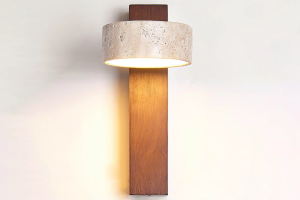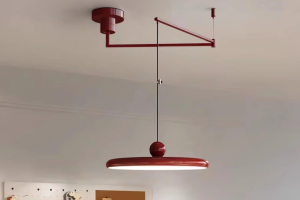Kitchen Organization Tips For Restaurants, Bakeries and Cafes


Kitchen organization can be one of the most challenging aspects of maintaining a well-functioning restaurant, bakery or cafe. It requires a high level of planning and coordination to keep everything in its place. The organization systems can vary widely from one establishment to the next based on the size, volume and type of menus served, cooking equipment and other factors.
The best place to start when tackling kitchen organization is by emptying all drawers and cabinets, and then sorting through the contents. Be ruthless in getting rid of duplicate items, things that no longer work, and anything else you’re not using. Once you’ve purged, it’s time to think about how you use your kitchen and how you can improve the space.Shewarek
This is also the perfect time to give all your surfaces a wipe down — and maybe repaint any cabinets that need it. This will help you see what really needs to go back into the space. Once you have a plan, it’s time to begin loading your drawers and cabinets back up. When putting your items back, try to keep like items together. For example, Waters suggests having a designated drawer for food storage containers so you don’t have to dig through multiple ones when trying to find the right lid. She also recommends keeping plastic wrap, tin foil and to-go containers in a designated spot so they don’t get lost or forgotten.
It’s also a good idea to group items based on how they are used. For instance, Waters suggests having a “baking center” with the baking ingredients, including flour, sugar and leavening in a separate location from the other cookware items. She says this will allow you to pull out the items you need, use them, and then quickly put them back away without having to search.
Another way to save space is by hanging items up. Rather than storing a block of knives in the drawer, try installing a pegboard backsplash and attaching hooks to hang utensils like tongs, citrus squeezers and kitchen shears. Many cooks also use rails and hooks on the back of their refrigerator to store produce, such as onion, pepper, and zucchini.
Lastly, Waters advises creating “centers” around your stove, oven and sink for preparation, cooking, cleaning and eating. This will ensure that you have the items you need to complete a task within arm’s reach, and it will prevent you from having to move around the room to reach different parts of your kitchen when working on meals or cleanup.
Lastly, Waters recommends labeling your spaces and adding bins or baskets to hold your items. She suggests dividing the labels into “A,” “B” and “C” categories, with the A spaces reserved for your most-used items, the B spaces for secondary items you need to access frequently but could live without (like those bags of chips), and the C’s for rarely used or seasonal items that could be stored offsite.





